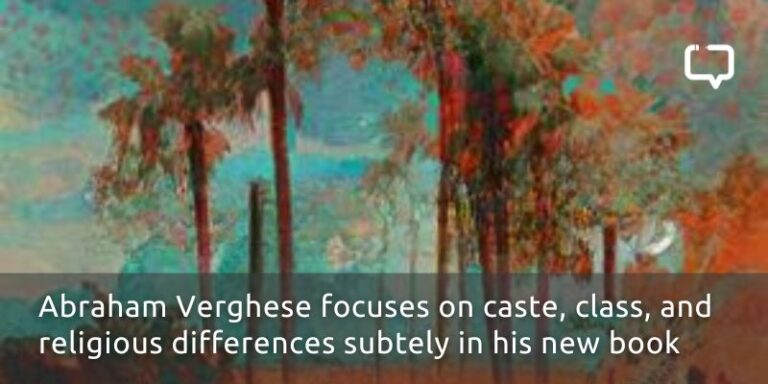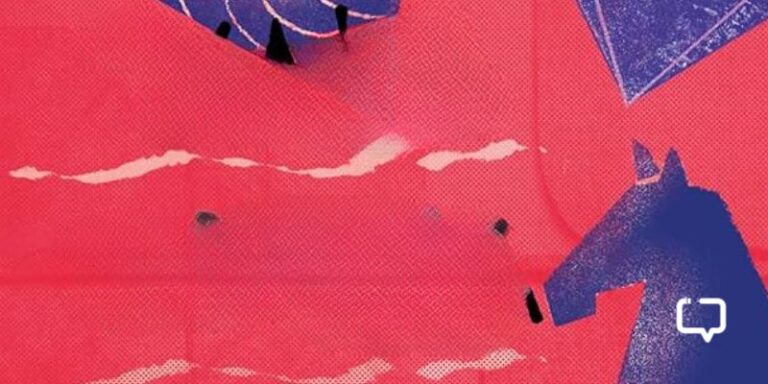Reading fantasy at 22 while pursuing a Master’s in Art — English Literature, is a test in itself. How you react to a largely ‘childish’ book after hammering for two semesters about literary criticism and theory is the best judge of whether the story-seeker, the artist, and the reader in you has survived.
Check.
We encourage you to buy books from a local bookstore. If that is not possible, please use the links on the page and support us. Thank you.
Jonathan Stroud’s The Amulet of Samarkand, the first of the three books in The Bartimaeus Trilogy is a fascinating read from the word go. Revolving around the demon/djinni Bartimaeus and his master, the 11-year-old apprentice of Arthur Underwood, Nathaniel, it’s equal parts grim political reality and hilarious and spruced with the study of magic.
When The Amulet of Samarkand was released in 2003, it was riding on the wave of the Potter phenomenon and at a time when everybody was trying to be the next J.K. Rowling. Eragon and Inkheart too released in the same period. To set yourself apart in a spurt of fantasy, one that appeals to both kids and adults, is no mean feat.
The reversal of the demon-magician relationships is the central original tenet of the story. Set in a London that is at once modern and futuristic (there is no mention of the Crown, and the kings and churches are mentioned only as a fact of the past), the tale begins a quest for revenge by the very talented and impulsive Nathaniel, who summons Bartimaeus to aid him. As with all of London and most importantly its government, the very suspicious magicians are only as powerful as their djinnis and thanks to our dear Bart*, Nathaniel manages to exact his revenge on Simon Lovelace, by stealing one of his most prized possessions — yes, the titular object.
In the maze that ensues, Bart** and Nathaniel both realise that they have picked the wrong person and the wrong object to mess with. Lovelace is a power-hungry minister who eyes the highest seat in the parliament — that of the Prime Minister — and will go to any lengths to achieve it. Together, the two set out on a maniacal, suicidal mission to help save the government from being destroyed.
TAOS is what Harry Potter would’ve been had muggles happily watched the Quidditch World Cup or cheered on for the Triwizard Tournament. Where the wizarding world of Potter had Dumbledore, we have William Gladstone, the all-revered Father of the Nation. An incident at Pinn’s Accoutrements (think, Knockturn Alley) is front-page headlines here, and no one needs to hide papers with moving pictures.
In the London of Stroud, ‘commoners’ live in the knowledge of magicians and serve them just like the many kinds of demons (imps and djinns and afrits and foliots). With both powers in their hands, the magicians seem unbeatable.
Or are they?
In a sub-plot that promises to take the spotlight in the next two books (The Golem’s Eye and Ptolemy’s Gate), there is a silent uprising taking place within London. They call themselves The Resistance and hate all the magicians and their positions of power.
What happens, remains to be seen. As for me, I haven’t giggled abruptly on public transport in a while. It’s Bart’s narrative throughout, rooted in his acerbic wit, weaving through dramatic battles, ambushes and moments of much excitement. Although written from both his and Nathaniel’s points of view, it is he who keeps you grinning at most times and offers outbursts of laughter at others. His nonchalance, his thoughts on the histories and politics of the world and his absolute faith in his own superiority make for great footnotes (I have always hated footnotes. They’re always just muddling citations. But I could learn to like them).
At the same time, Nathaniel’s own magical education in spite of his mediocre master will once again remind you of the importance of libraries and good teachers; if anyone needed any. Together, the two of them belong with one another, even though none might ever admit it.
Pick this up to enjoy a gem of the fantasy genre and of course, for Bartimaeus. While I race through The Golem’s Eye and greedily look at Ptolemy’s Gate.
Interesting facts about The Amulet of Samarkand The movie rights of the book were picked up right around its release but the official announcement didn’t come until 2012. The status: no one knows where the project is headed. But, if you still are aching to see their world come alive, check out the altogether awesome graphic novel that came out in 2010 and carries the wonderful illustrations of Lee Sullivan which vividly sketch, with liberal use of colour, the shenanigans of the two protagonists. Yes, Bart’s footnotes are lost, but it’s worth a bargain AS AN ADDITION to the original novel.
— — — — — — — — — — — — — — — — — — — — — — — — — — — — — — —
*If I was thirteen, I would be fangirling over Bart. No logic was applied. If I could, I’d summon him and make him talk non-stop.
**I have a distinct feeling that he would not like to be called Bart.
Favourite Quote
Minor magicians take pains to fit this traditional wizardly bill. By contrast, the really powerful magicians take pleasure in looking like accountants.
Recommended Age Group: If the kid is a reader, no age is too young. Otherwise, 10-12 is a good time.
*Feature Image Courtesy – Ebookee























